
WAGASHI Japanese Sweets Cooking Experience in Tokyo
2 h
Acerca de esta actividad
Arigato.kitchen wagashi cooking class offers traditional Japanese sweets making and Maccha green tea.
The attraction of Wagashi is not only enjoying its taste but also you can see and feel the season by the looking and ingredients. Let's enjoy eating and looking the Japanese sweets and have a relaxing time.
About Wagashi
Wagashi is an essential part of Japanese culture and tradition, that is, to enjoy as a treat and an art to express the passing seasons. Wagashi can be enjoyed with its appearance, such as the color and the form. For example, Wagashi in summer can express ‘coolness’ with a clear jelly to represent water or freshness to help getting through the hot and humid summer season. This is another way to learn Japanese traditional and actually experience it by cooking!
◆Menu
Wagashi and Maccha (Japanese Green Tea)
◆Wagashi Calendar in all Seasons
Spring
- March
Sakura Mochi - rice cake with bean paste wrapped in a preserved cherry leaf.
Botamochi - The steamed rice and a thick azuki paste is hand-packed around pre-formed
balls of rice.
- April
Hanami Dango - a Japanese rice cake ball made out of mochiko powder.
Sakura Yokan - a thick, jellied dessert made of red bean paste, agar, and sugar.
- May
Kashiwa Mochi - a rice cake wrapped in an oak leaf.
Ichigo Daifuku -a kind of Japanese confection consisting of a strawberry inside 'daifuku',
which is a rice cake stuffed with sweet bean paste.
Summer
- June
Anmitsu – Gelatin cubes and sweet bean paste with fruits.
Hydrangea Yokan – soft sweet bean jelly
- July
Milky way Yokan - The special Ama no Gawa (Milky Way) yokan celebrates Tanabata.
- August
Apricot Water Bun - Mizu (water) manjū is traditionally eaten in the summertime and
contains a flavored bean filling.
Autumn
- September
Sweet Potato Yokan - As traditional as Japanese desserts come, this sweet treat combines sweet potatoes with sugar for
sweetness, salt and vinegar for flavour balancing, and agar for gelatinising without the need
for gelatin.
- October
Tsukimi Dango - Rice dumplings in appreciation for the harvest of grains.
- November
Kuri Zenzai - Sweet made with soft beans and chestnuts
Kuri Manju - Chestnut bun
Winter
- December
Black Sesami - It is used for winter Wagashi a lot of time.
Mame Daifuku – It is a Japanese confection consisting of a small round mochi, glutinous rice cake, with Anko, sweet paste made from beans.
- January
Oshiruko - Sweet bean soup with rice cake.
Kinako Ame -Soybean flour candy.
- February
Kusa Mochi - a rice‐flour dumpling mixed with mugwort.
Warabi Mochi -a jelly-like confection made from bracken starch and covered or dipped in
kinako.
Leer más
Mostrar menos
The attraction of Wagashi is not only enjoying its taste but also you can see and feel the season by the looking and ingredients. Let's enjoy eating and looking the Japanese sweets and have a relaxing time.
About Wagashi
Wagashi is an essential part of Japanese culture and tradition, that is, to enjoy as a treat and an art to express the passing seasons. Wagashi can be enjoyed with its appearance, such as the color and the form. For example, Wagashi in summer can express ‘coolness’ with a clear jelly to represent water or freshness to help getting through the hot and humid summer season. This is another way to learn Japanese traditional and actually experience it by cooking!
◆Menu
Wagashi and Maccha (Japanese Green Tea)
◆Wagashi Calendar in all Seasons
Spring
- March
Sakura Mochi - rice cake with bean paste wrapped in a preserved cherry leaf.
Botamochi - The steamed rice and a thick azuki paste is hand-packed around pre-formed
balls of rice.
- April
Hanami Dango - a Japanese rice cake ball made out of mochiko powder.
Sakura Yokan - a thick, jellied dessert made of red bean paste, agar, and sugar.
- May
Kashiwa Mochi - a rice cake wrapped in an oak leaf.
Ichigo Daifuku -a kind of Japanese confection consisting of a strawberry inside 'daifuku',
which is a rice cake stuffed with sweet bean paste.
Summer
- June
Anmitsu – Gelatin cubes and sweet bean paste with fruits.
Hydrangea Yokan – soft sweet bean jelly
- July
Milky way Yokan - The special Ama no Gawa (Milky Way) yokan celebrates Tanabata.
- August
Apricot Water Bun - Mizu (water) manjū is traditionally eaten in the summertime and
contains a flavored bean filling.
Autumn
- September
Sweet Potato Yokan - As traditional as Japanese desserts come, this sweet treat combines sweet potatoes with sugar for
sweetness, salt and vinegar for flavour balancing, and agar for gelatinising without the need
for gelatin.
- October
Tsukimi Dango - Rice dumplings in appreciation for the harvest of grains.
- November
Kuri Zenzai - Sweet made with soft beans and chestnuts
Kuri Manju - Chestnut bun
Winter
- December
Black Sesami - It is used for winter Wagashi a lot of time.
Mame Daifuku – It is a Japanese confection consisting of a small round mochi, glutinous rice cake, with Anko, sweet paste made from beans.
- January
Oshiruko - Sweet bean soup with rice cake.
Kinako Ame -Soybean flour candy.
- February
Kusa Mochi - a rice‐flour dumpling mixed with mugwort.
Warabi Mochi -a jelly-like confection made from bracken starch and covered or dipped in
kinako.
Incluido
- Guiding and lesson fee
- All ingredients
No incluido
- Transportation fee
Adicional
- Confirmation will be received within 48 hours of booking, subject to availability
- A maximum of 4 people per booking
- Minimum age is 10 years
Características
Cultural
90%
Turismo
90%
Comida
80%
Original
55%
Colecciones
Esta experiencia es parte de estas colecciones
Puede ser que también le guste









 Ver todo 30 Colecciones
Ver todo 30 Colecciones
Haga clic para descubrir otras experiencias
Ver todo
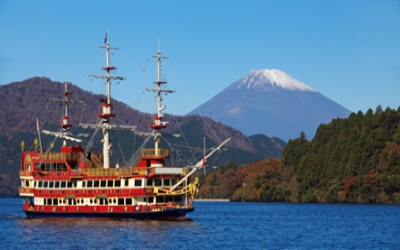
Colecciones
Boats & Cruises
21 Actividades

Colecciones
Fuji
35 Actividades

Colecciones
City Pass
4 Actividades

Colecciones
Robot show
15 Actividades

Colecciones
Robot restaurant
15 Actividades
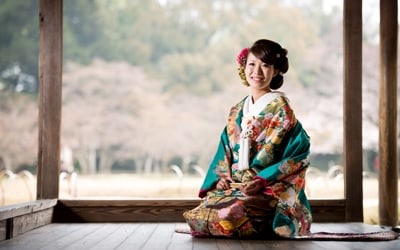
Colecciones
Kimono
8 Actividades
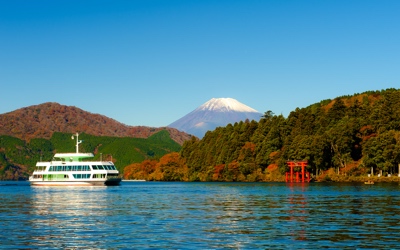
Colecciones
Hakone
9 Actividades
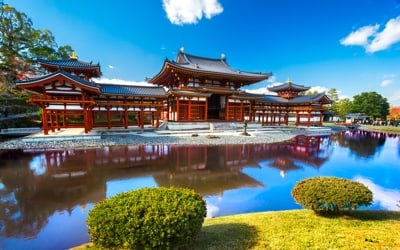
Colecciones
Temples
10 Actividades
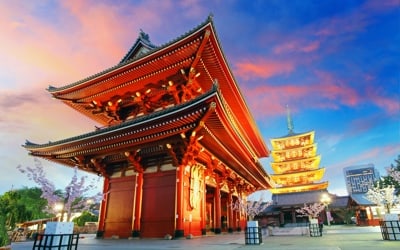
Colecciones
Asakusa
28 Actividades
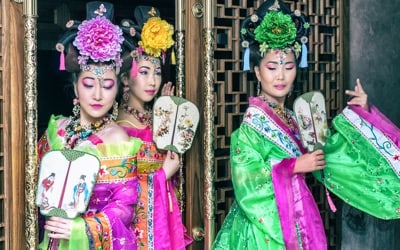
Colecciones
Shows & Cabaret
12 Actividades




